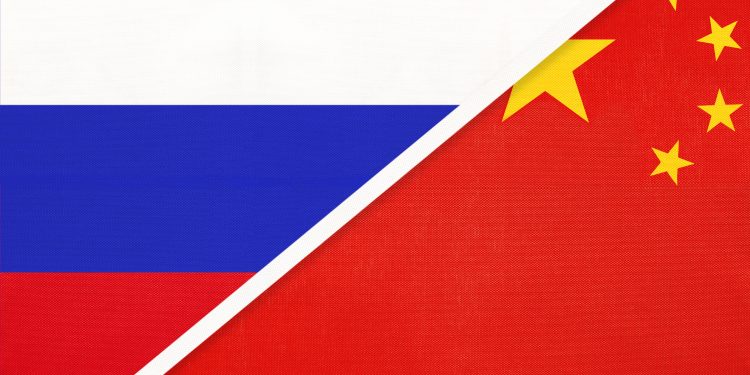Five years ago, we noted the importance of domestic payment systems in the BRIC countries, Brazil, Russia, India, and China, and how they will come in handy for those four developing countries. Four large developing countries are moving towards a country-driven payments model rather than simply integrating into the universal branded payments scheme. The models can work for governments wanting to control domestic payments. However, to facilitate international cross-border payments, the domestic payment schemes will still need to align with global payment methods.
Russia has a relatively small number of credit products. According to the Bank for International Settlements, 144 million citizens had 266.5 million cards with a debit function and only 39.1 million credit cards in 2020. One of the reasons for low credit penetration is the newness of the scoring process. The foundation for the National Bureau of Credit Histories (NBKI) score, Russia’s top credit bureau, comes from FICO. In addition, some financial institutions try to enhance their data with a product from the Entrepreneurial Finance Lab (EFL). According to a press release, “The EFL score uses psychometrics and behavioral data to measure a person’s credit risk based on their answers to questions in an online assessment.”
But developments and sanctions will change the path payment transactions will take in acceptance, settlement, and clearance. Mastercard and Visa transactions will cease in the country, but that will not stop transactions. Since they clear through an affiliate link to the Russian central bank, transactions may re-route through Russia’s domestic payment card, Mir.
The Mir card came into prominence after Russia reacted to U.S. sanctions in the Crimea conflict, the first invasion of Ukraine in 2014. Sanctions were effective and led to the fall of the Russian Ruble during the country’s financial crisis.
The WSJ reports that Russia’s two most prominent financial institutions, Alfa Bank and Tinkoff, are in discussions with China UnionPay and that Gazprombank customers “can do cross-border transactions by getting cards that use UnionPay or Japan’s JCB system.”
Visa and Mastercard both said Saturday that they were cutting ties with Russia in response to its attack on Ukraine. Among the debit and credit cards issued in Russia, Visa and Mastercard cards accounted for 74% of payment transactions in the country in 2020, according to the Nilson Report, a trade publication.
Russian cardholders will still use Visa and Mastercard cards inside Russia because the transactions will travel over Russia’s payments system, called Mir. But they won’t be able to use the cards abroad, except in a few countries that support Mir, including Turkey, Vietnam, and Armenia.
The workarounds show Russia may increasingly rely on China in the face of isolation by the West. However, it wasn’t clear whether the move signaled a shift toward greater cooperation between China and Russia to help Moscow find alternative ways to connect to the global financial system.
Besides its card network, China has been developing its own global payments system as an alternative to the U.S.-controlled network, known as Swift. However, that system remains dependent on Swift for most of its transactions.
Reuters noted:
Several Russian banks said they would soon start issuing cards using the Chinese UnionPay card operator’s system coupled with Russia’s own Mir network after Visa and MasterCard said they were suspending operations in Russia.
The impact on payments can be profound. Time will tell. Will it complicate consumers’ lives when they travel outside national borders and create an “US and Them” world in payments? We’ll have to see where this goes.
Overview by Brian Riley, Director, Credit Advisory Service at Mercator Advisory Group











